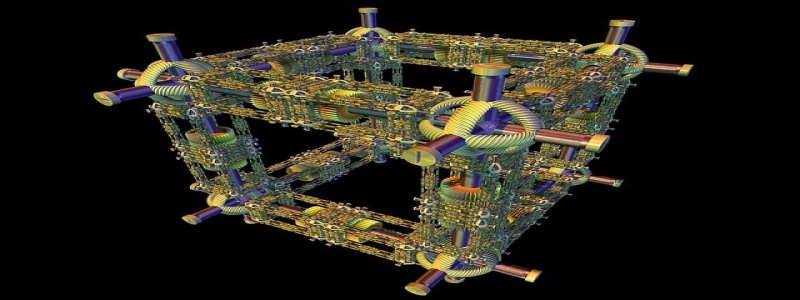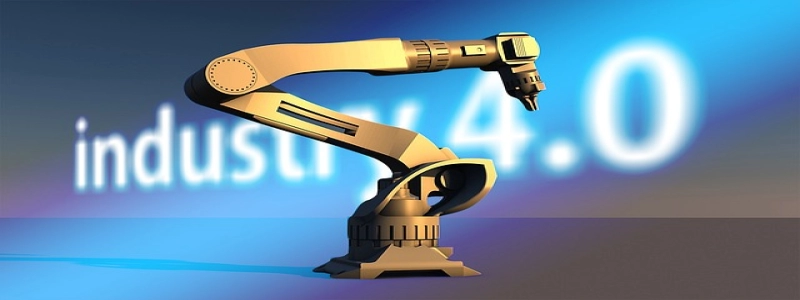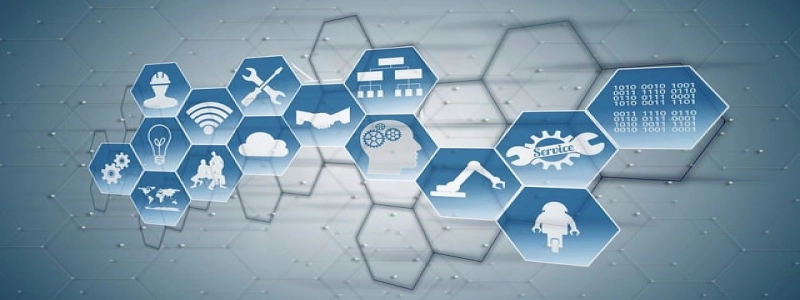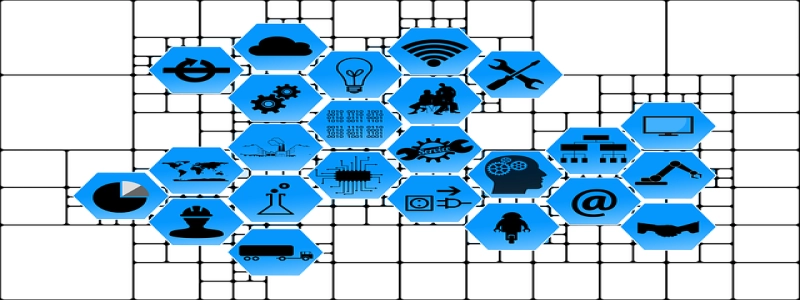Modern Ethernet
я. Введение
А. Definition of modern Ethernet
Б. Importance of modern Ethernet in today’s networking
II. Эволюция Ethernet
А. Early Ethernet standards
1. 10BASE5
2. 10BASE2
Б. Introduction of twisted-pair Ethernet
1. 10БАЗА-Т
2. 100БАЗА-TX
III. Гигабитный Ethernet
А. Need for higher network speeds
Б. Introduction of Gigabit Ethernet
1. 1000БАЗА-Т
2. Advantages of Gigabit Ethernet
IV. 10 Гигабитный Ethernet
А. Demand for even higher speeds
Б. Introduction of 10 Гигабитный Ethernet
1. 10GBASE-T
2. Преимущества 10 Гигабитный Ethernet
В. Future of Ethernet
А. Introduction of 40 и 100 Гигабитный Ethernet
Б. Implications and possibilities of faster network speeds
VI. Заключение
А. Recap of modern Ethernet’s evolution
Б. Importance of staying updated with latest Ethernet standards
я. Введение
Modern Ethernet refers to the latest iterations of the Ethernet networking standard, which have evolved over the years to meet the increasing demands of modern networking. Ethernet is a set of protocols and technologies that enable devices to communicate and share data on a local area network (локальная сеть). В современном взаимосвязанном мире, modern Ethernet plays a crucial role in ensuring reliable, fast, and secure network connectivity.
II. Эволюция Ethernet
А. Early Ethernet standards
Before the modern Ethernet standards came into existence, early versions were developed. These included 10BASE5, which utilized coaxial cables and allowed for a maximum speed of 10 Мбит/с, and 10BASE2, which used thin coaxial cables.
Б. Introduction of twisted-pair Ethernet
Twisted-pair Ethernet revolutionized the networking industry by introducing faster speeds and more reliable connections. The introduction of 10BASE-T allowed for network speeds of up to 10 Mbps using twisted-pair cables. This was followed by the development of 100BASE-TX, which increased the speed to 100 Мбит/с.
III. Гигабитный Ethernet
А. Need for higher network speeds
As network demands increased, there was a need for faster Ethernet speeds to accommodate larger amounts of data transfer. Gigabit Ethernet was introduced to meet this demand.
Б. Introduction of Gigabit Ethernet
Гигабитный Ethernet, also known as 1000BASE-T, allows for network speeds of up to 1 Gbps using twisted-pair cables. It offers significant advantages over its predecessors, including faster file transfers, smoother video streaming, и улучшенная производительность сети.
IV. 10 Гигабитный Ethernet
А. Demand for even higher speeds
With the rapid growth of data-intensive applications and technologies, there arose a need for even higher network speeds.
Б. Introduction of 10 Гигабитный Ethernet
10 Гигабитный Ethernet, or 10GBASE-T, was developed to provide network speeds of up to 10 Gbps using twisted-pair cables. Он предлагает множество преимуществ, such as reduced latency, увеличенная пропускная способность сети, and better scalability.
В. Future of Ethernet
А. Introduction of 40 и 100 Гигабитный Ethernet
To cater to the ever-increasing demands of modern network infrastructure, 40 и 100 Gigabit Ethernet standards have been introduced.
Б. Implications and possibilities of faster network speeds
Faster network speeds have opened up possibilities for advanced applications like virtual reality, artificial intelligence, и облачные вычисления. By staying updated with the latest Ethernet standards, businesses and individuals can adapt to these technological advancements and harness their full potential.
VI. Заключение
Modern Ethernet has come a long way since its early beginnings. The evolution of Ethernet standards, from the early days of 10BASE5 and 10BASE2 to the introduction of Gigabit Ethernet and 10 Гигабитный Ethernet, has paved the way for faster and more efficient network connectivity. To stay ahead in today’s digitally connected world, it is essential to keep up with the latest Ethernet standards and technologies. Modern Ethernet offers vast possibilities for improved productivity, enhanced communication, and seamless data transfer.








